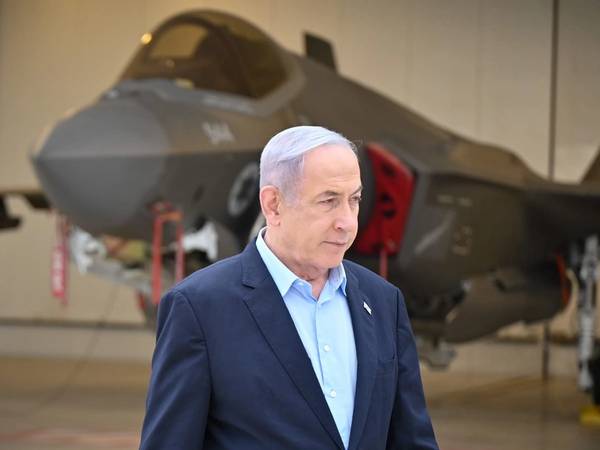After two months of warnings, Iran’s Islamist government attacked Israel on October 1, 2024, with 200 ballistic missiles. Iranians and Israelis watched as missiles flew over cities, debris falling from the sky after being intercepted.
Three key questions arise about the "True Promise II" operation: Why did the Islamic Republic take this action despite concerns over "Netanyahu's trap," especially after the failure of "True Promise I" in April? Has the government provided a verifiable, fact-based report on the operation? And finally, what will the consequences be?
Two months of hesitation
In response to Ismail Haniyeh’s elimination, the Iranian government hesitated for two months, grappling with doubts. However, after Nasrallah’s removal, they decided to act more swiftly. The dilemma following Haniyeh’s death was the risk of sparking a large-scale war with Israel versus losing credibility among the regime’s loyalists and regional allies.
After Nasrallah's death, hardliners inside Iran demanded "severe revenge." Hamas and Hezbollah awaited Iran’s support amidst Israel’s devastating attacks, creating pressure on the government. These expectations had to be balanced against the serious risks of a direct confrontation with Israel.
In the end, the government chose to reassure Hamas and Hezbollah of its commitment to their cause and risk more conflict. Now, the ball is in Israel's court, and Israeli officials have indicated that the response would be "painful".
Reports suggest that targets could include key oil export terminals like Khark or vital oil and gas pipelines, impacting the government’s revenue streams without damaging infrastructure essential to the public, such as power plants. Netanyahu aims to avoid rallying the Iranian people to the regime’s side in this conflict.
Propaganda
Within 24 hours of the attack, the IRGC and the Islamist government’s propaganda apparatus released two sets of false or unverifiable claims. The first was the missile count. Most international and Israeli sources reported around 180-200 missiles. But Iranian state-controlled media said 400—higher than the 300 projectiles used in the "True Promise I" operation, likely to emphasize the second attack's increased power.
Additionally, the IRGC claimed that 90% of the missiles hit Israel, a figure that cannot be verified by ground observations or reports from numerous news agencies.
Consequences
The IRGC said the operation was in retaliation for the deaths of Hassan Nasrallah, Ismail Haniyeh, and Abbas Nilfroushan. This would be a much weaker grounds to justify a missile attack compared to the one in April, which was a response to Israel's attack on its consulate building in Damascus.
So the situation now is materially different.
True Promise II has potentially exposed the Islamic Republic to significant consequences. Following the events of October 1, Netanyahu could now justify targeting any location in Iran without facing significant legal obstacles, defending such actions in international forums.
Whether or not the Islamic Republic's missiles successfully hit their intended targets is secondary; the primary issue is that Israel's national sovereignty has been violated, giving it grounds for retaliation under international law.
With this attack, the Islamic Republic not only made itself and its public infrastructure legitimate targets for Israel but may have conveyed the limits of offensive military options. The country lacks a modern, powerful air force and defense system. Since the Iran-Iraq war, not a single civilian shelter has been built to protect against large-scale air strikes.
These shortcomings have led regime security experts to call for testing a nuclear bomb, while Ahmad Naderi, a senior member of the parliament, and other hardliners have stated that "the time has come to revise the nuclear doctrine."
